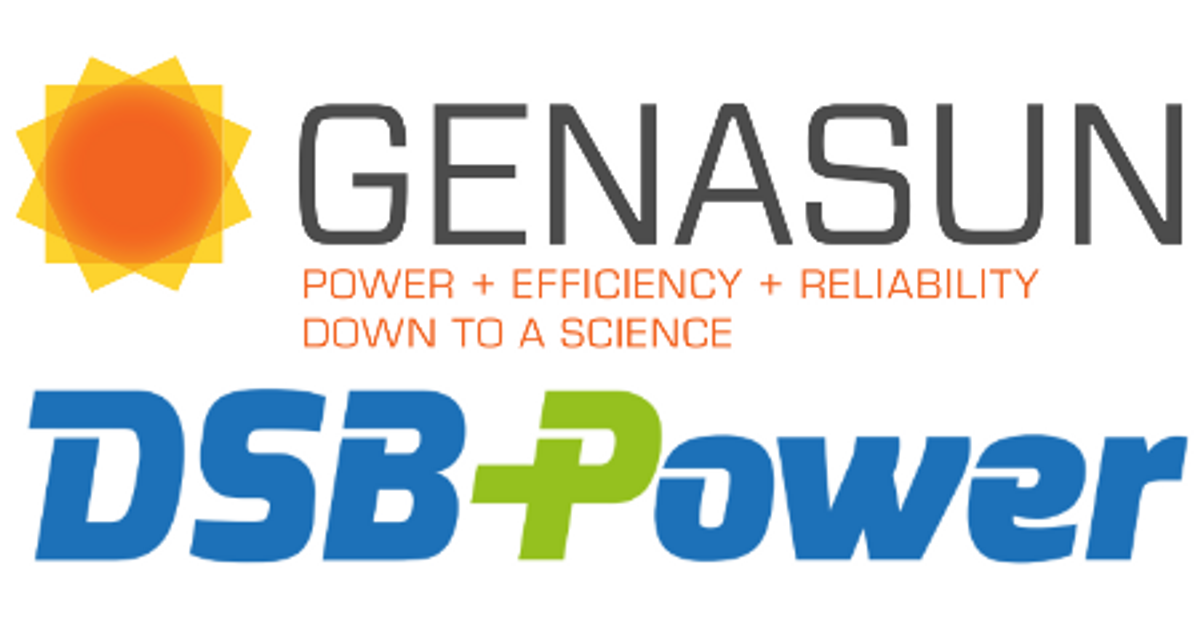Hello Jim
First, there are some misconceptions to clear up. No, you do not use a 24V solar panel to charge a 24V battery. Panels commonly "called" 24V typically put out ~30-37V. Your typical 24V battery is NOT charged at 24V, but 28-30V.
Early generation PWM controllers only act as an on/off switch to cut/connect power from the panel to the battery. They can not regulate voltage, they only regulate current. That means the panel voltage needs to be carefully matched to the battery so it will not be damaged. So, if you have a 12V battery, you can only connect a panel putting out no more than about 18V. For 24V batteries, about 32V. However many amps the panel is putting out is what the battery gets.
More sophisticated MPPT controllers act as a transformer to bring a high voltage panel down to the voltage the battery needs. Let's say you connect a 12V battery to the MPPT controller, then connect a 8A-30V (thats 240W) panel to the controller. The 12V battery wants to be charged at ~14.5V, so the MPPT controller transforms the 30V current down to 14.5V, but at the same time increases the amperage to 16.5amps. In other words, the MPPT converts extra voltage into extra amperage. The real-world numbers might be a little lower, but basicly that's how it works.
The second BIG advantage of MPPT is because it down transforms the voltage, you can string several panels in series to raise the voltage significantly higher. This means you use thinner, cheaper copper wire because the power is transmitted as high volts instead of high amps.
Right now, 30V grid-tie panels are far cheaper per watt than 12V panels. You get more bang for your buck with grid-ties. For my own 24V workshop system, I'm running four 250W panels in series to get 120VDC, which feeds my Midnight200 charge controller. The controller than transforms that 120VDC down to 29.6VDC that my battery bank wants.
I would not recommend though that you get what is now commonly referred as a "all in one system". I built my system from individual components, but tie them all together with a power center. It looks just like this.
Free Shipping! MidNite Solar MNXWP6848-2CL150 Pre-Wired Power Panel, 6800W, 120/240VAC, (1) XW+6848 NA Inverter, 48VDC, (2) Classic 200 Charge Controllers, High Voltage Input Breakers, AC Bypass Assembly

ressupply.com
Each one of the components in the pic are exactly what I have. The power center is the box in the lower middle to ties everything together. That's where all the wiring goes, holds the breakers, and makes it look neat as the spouse demands. Keep in mind though that there are different power centers made for each brand of inverter, so though they function the same, they may look different.



